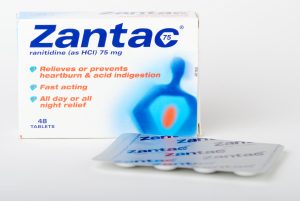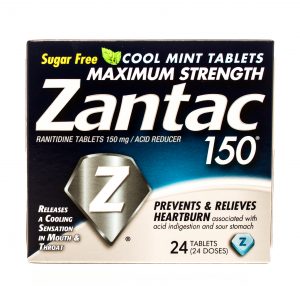 Elmiron is a drug used to treat interstitial cystitis. Most of you don’t know what interstitial cystitis is, and that’s a good thing. Unless you are a urologist, you wouldn’t have reason to know about the condition . . . unless you suffer from it. But if you suffer from interstitial cystitis, you probably know a lot about it. In this post I am going to describe the condition, then discuss Elmiron, the only FDA-approved drug to treat the condition, and finally highlight the latest studies indicating that Elmiron may cause pigmentary maculopathy, which can cause vision loss or even blindness.
Elmiron is a drug used to treat interstitial cystitis. Most of you don’t know what interstitial cystitis is, and that’s a good thing. Unless you are a urologist, you wouldn’t have reason to know about the condition . . . unless you suffer from it. But if you suffer from interstitial cystitis, you probably know a lot about it. In this post I am going to describe the condition, then discuss Elmiron, the only FDA-approved drug to treat the condition, and finally highlight the latest studies indicating that Elmiron may cause pigmentary maculopathy, which can cause vision loss or even blindness.
Interstitial Cystitis
 Interstitial cystitis is a painful bladder condition. Interstitial means situated within but not restricted to one organ or tissue, especially fibrous tissue. Cystitis means an inflammation of the urinary bladder. Urinary tract infection is one example of cystitis. Interstitial cystitis causes the walls of the bladder to become irritated or inflamed. This leads to bladder pressure, bladder pain, and pelvic pain. Interstitial cystitis is one of several conditions labelled painful bladder syndrome.
Interstitial cystitis is a painful bladder condition. Interstitial means situated within but not restricted to one organ or tissue, especially fibrous tissue. Cystitis means an inflammation of the urinary bladder. Urinary tract infection is one example of cystitis. Interstitial cystitis causes the walls of the bladder to become irritated or inflamed. This leads to bladder pressure, bladder pain, and pelvic pain. Interstitial cystitis is one of several conditions labelled painful bladder syndrome.
 North Carolina Product Liability Lawyer Blog
North Carolina Product Liability Lawyer Blog











